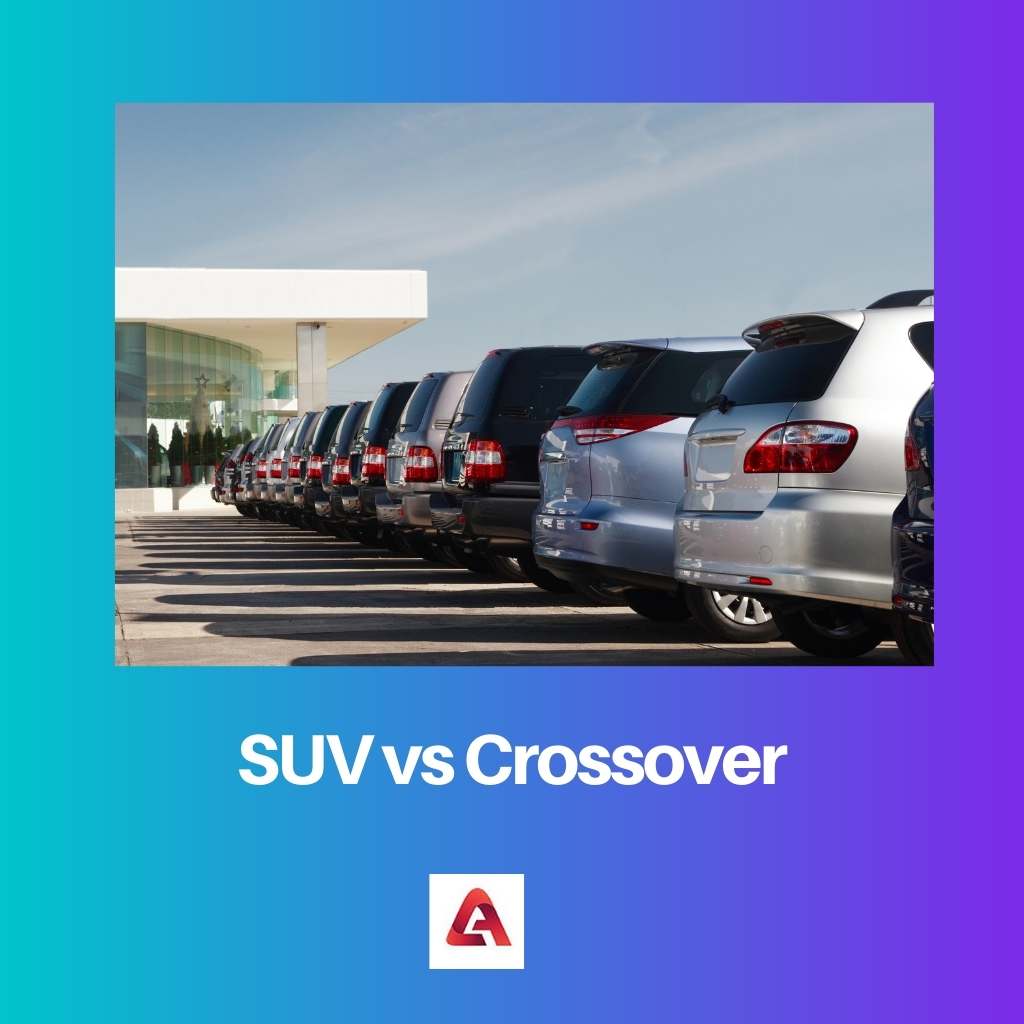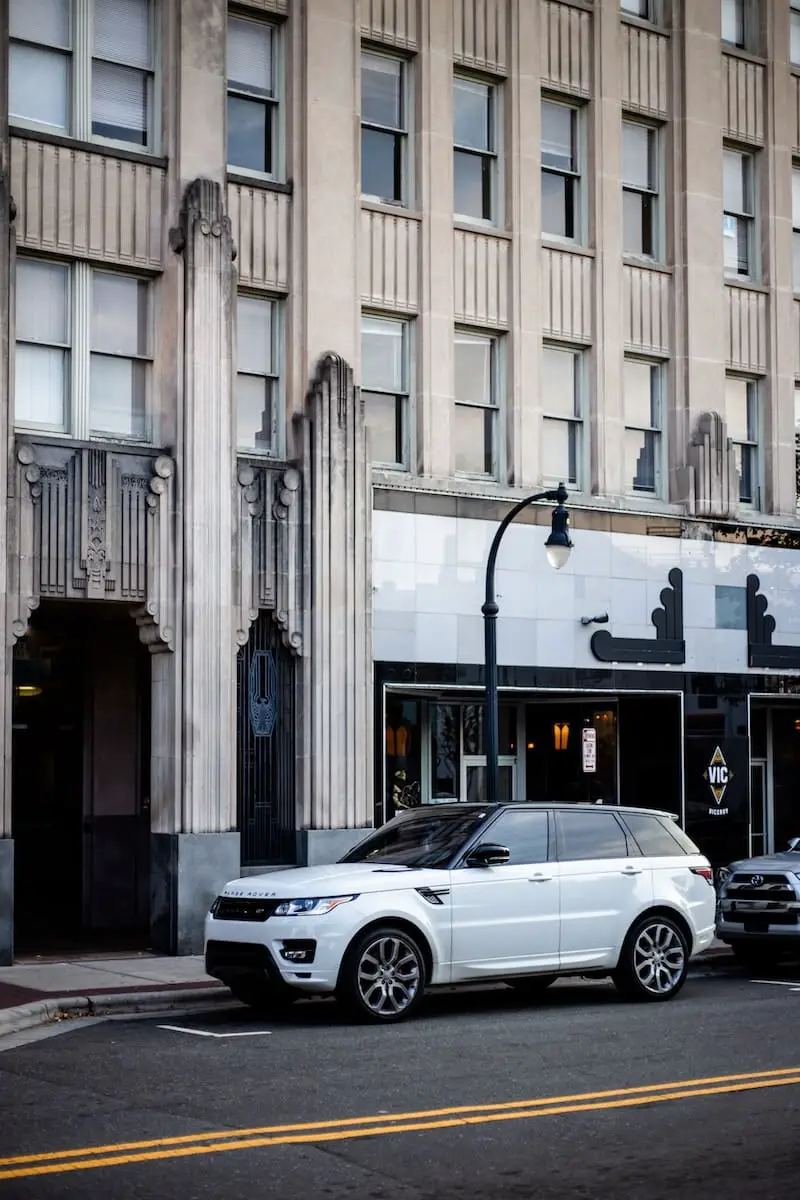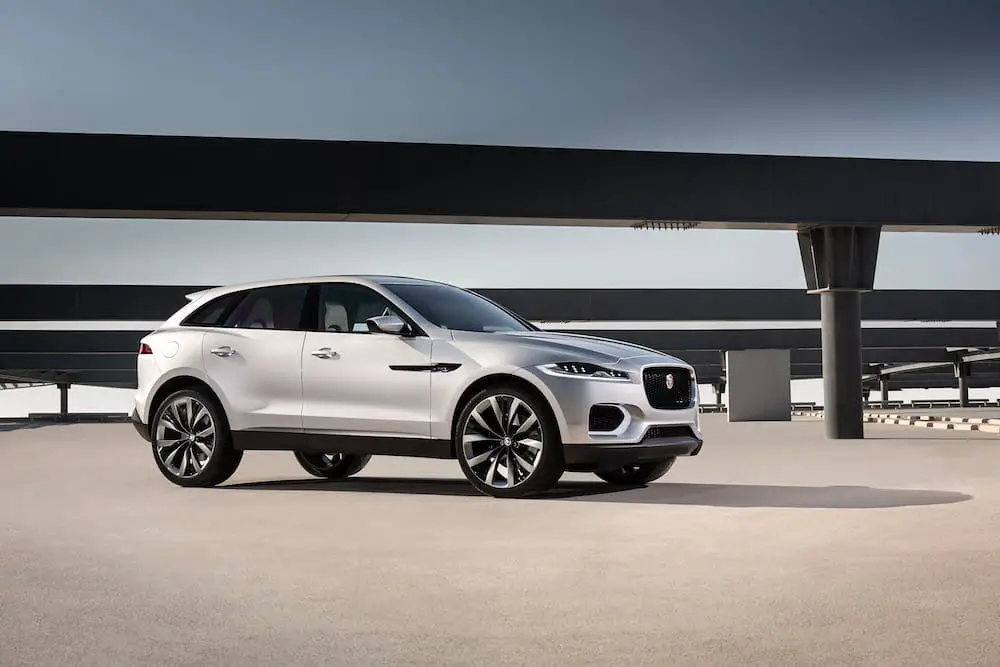The automobile industry caters to different needs of customers with different types of models. The most common type of vehicle is truck-based vehicles which are rugged and used to haul larger payloads.
The two most common types of truck-based vehicles which are chosen and manufactured in greater amounts are SUVs and crossovers.
Key Takeaways
- SUVs are built on a truck-like body-on-frame platform, making them more rugged and capable off-road.
- Crossovers utilize a unibody construction, offering improved handling and a smoother ride.
- SUVs have greater towing capacity than crossovers due to their robust construction.
SUV vs Crossover
An SUV (Sport Utility Vehicle) is a vehicle that is larger than a sedan and has higher ground clearance, providing better performance on rough or uneven terrain. A crossover, also known as a CUV (Crossover Utility Vehicle), is a vehicle that combines the features of an SUV with those of a car.

SUV stands for Sport Utility Vehicles. SUVs are ideal for off-roading and towing usages. The manufacturing process that attaches a separate body to the ladder frame makes the SUV ideal for rough terrain.
The initial SUV vehicles were constructed with a rigid frame or chassis as the foundation of the body.
On the other hand, Crossover stands for a Crossover utility vehicle. Crossover is ideal for a drive in urban areas and minimum off-roading or towing.
Crossovers are easier to drive, more fuel-efficient, and are available at a lower price than traditional SUVs. The crossover was launched as a combination of a Car as well as an SUV in the form of a compact version.
Comparison Table
| Parameters of Comparison | SUV | Crossover |
|---|---|---|
| Manufacturing process | Body on the frame construction process is followed during manufacture of SUV | Unibody construction process is followed during manufacture of crossover |
| Full form | Sports utility vehicle | Crossover utility vehicle |
| Weight | Heavier | Lighter |
| Origin | First SUV was launched in 1930s | First crossover was launched in 1979 |
| Price | Comparatively expensive | Comparatively inexpensive |
What is an SUV?
SUV stands for Sport Utility Vehicles. The design of the body of the SUV follows the body-on-frame concept. The significance of this process is that each frame and body are billed separately and later joined together in the manufacturing process.
The truck-based vehicle is larger and is ideally built for rough terrain.
The first SUV was of Chevy Suburban, launched in the 1930s. Later other vehicles too join the race, like Willy’s Jeep Station Wagon in the 1970s.
The first revolution brought about in the domain of SUVs was by Chevy Blazer in 1969. The initial SUV vehicles were constructed with a rigid frame or chassis as the foundation of the body.
The suspension and wheels are attached to the frame of the SUV. The engine and the drivetrain also rest on the frame. SUVs have a rigid platform, making them a potential vehicle for hauling and towing.
The high ground clearance offered in SUVs makes them an ideal choice for off-roading.
The vehicle has a rear-wheel-drive (RWD), and the system is equipped with the power of all four wheels that is 4WD or 4-wheel drive or 4×4.
The heavyweight model can carry larger and heavier cargo efficiently. SUVs deliver an experience of power with efficiency.

What is a Crossover?
Crossovers are a vehicle that combines the best traits of a car, including efficiency and convenience, along with the best features of an SUV, including versatility and practicality.
The general space, flexible storage, higher capability, and superior traction made crossover popular among families or commercial purposes. Crossover is ideal for urban drive-in areas and minimum off-roading or towing.
Crossover has a unibody construction, meaning that the body and frame of the crossover are built on a single piece. Such a manufacturing process provides better quality of ride and is lighter.
The light body also helps in providing better fuel efficiency. The weight also affects the vehicle’s handling, making it easier to manoeuvre crossover in tight spots.
Crossovers a smaller than SUVs. They are also referred to as small-sized SUVs or even compact SUVs. The model has a front-wheel-drive system, and some do offer all-wheel drive options.
Crossovers are more affordable and low-priced than SUVs. The lower weight of the crossover provides built-in safety benefits, especially in crumple zones.
The multi-passenger vehicle is comfortable, roomy and has safety with fuel economy. Crossovers are available in a wide range of sizes ranging from compact to full-size models.
Crossovers are also known as CUVs or crossover utility vehicles. It was mainly popularised by Canadian shoppers and its trait of All-Wheel Drive (AWD). The vehicle responds quicker to brakes and accelerators than regular SUVs.

Main Differences Between and an SUV and a Crossover
- SVR is larger, while the crossover is compact and smaller in size.
- SUVs can smoothly drive through rougher terrain, while the crossover is built for comparatively less rough terrain.
- SUV is best for customers who are ready to splurge some extra bucks while the crossover is best for customers who are looking for truck-based vehicles on a budget.
- SUVs can be difficult to manoeuvre and park, while crossovers are easier to manoeuvre and park in tight spots.
- SUV is a traditional option for truck-based vehicles, while the crossover is a newer and modern version of truck-based vehicles.

- https://theicct.org/sites/default/files/publications/EV_cost_2020_2030_20190401.pdf
- https://asmedigitalcollection.asme.org/ES/proceedings-abstract/ES2009/707/356230

SUVs are very capable off-road vehicles, especially due to their greater towing capacity and rugged construction.
Understanding the history and design differences between SUVs and Crossovers gives an appreciation for the evolution of truck-based vehicles over the years.
The SUV vs Crossover comparison provides a comprehensive analysis of manufacturing and weight differences, making it easier for customers to choose between the two types of vehicles.
The detailed explanation of the manufacturing processes and characteristics of SUVs and Crossovers demonstrates the value of technological innovations in the automobile industry.
The information provided about SUVs and crossovers is quite insightful. It provides a clear distinction between the two types, especially detailing their construction and suitability for different terrains.
The analysis of the main differences between SUVs and Crossovers effectively showcases the diverse nature of truck-based vehicles, addressing varying needs and preferences of customers.
The informative content about SUVs and Crossovers clearly highlights the unique advantages and purpose of each vehicle type, aiding customers in making informed decisions.
The references provided offer valuable insights into the technological advancements and future prospects of SUVs and Crossovers, emphasizing the importance of sustainable and efficient vehicle designs.